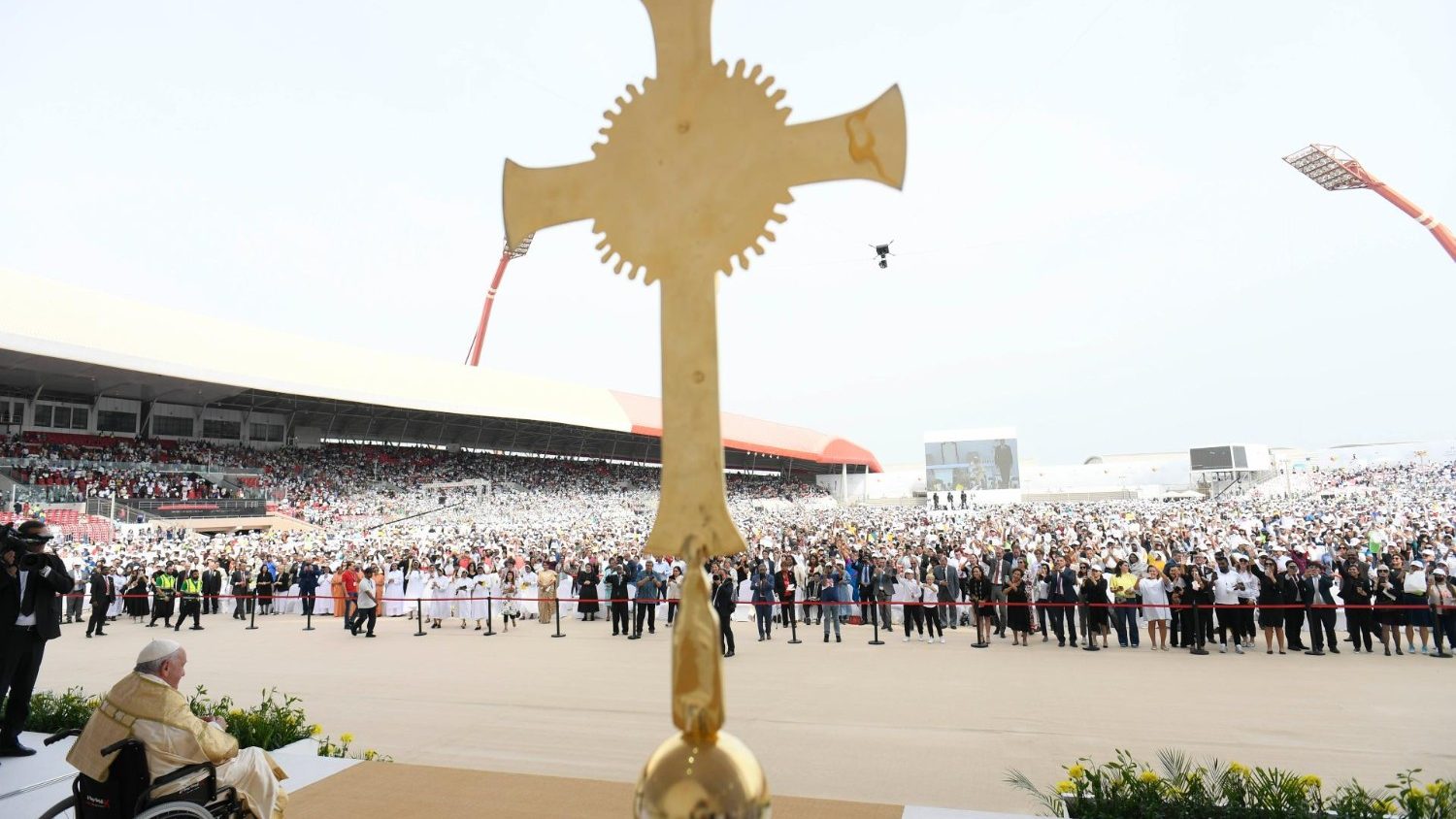For the third consecutive time, the increase in the foreign currency reserves of the Bdl continued, in the fortnightly budget that the bank publishes every 15 days. It is therefore evident that the Banque du Liban continues up to this moment to adopt a policy of collecting dollars from the market and buying in exchange for paper money that prints in pounds, without the final objective of this process still manifesting itself.
Proceeds from raising dollars from mid-September
In summary, the volume of foreign exchange reserves held by the Banque du Liban increased by approximately $ 657 million between mid-September and early this month, ie over a month and a half. Thus, the value of these reserves rose from $ 9.61 billion in mid-September to $ 10.27 billion in early November, with a 7% increase in reserve volume between the two periods. Noting that the volume of dollars raised by the Banque du Liban in the second half of October alone was $ 239 million.
The effect on the value of cash in circulation in sterling
As everyone knows, the Banque du Liban prints cash in sterling to buy these dollars from the market, which in practice means charging the purchase cost of dollars to the value of the pound itself, which is affected by the balance of the supply and demand of the dollar. Over the same period, the value of liquidity circulating on the market in sterling went from £ 45.1 trillion in mid-September, to £ 69.8 trillion in mid-October, to reach £ 75.05 trillion all over the world. beginning of November. In other words, the value of cash circulating in sterling on the market has increased by 66%, in a very short period of no more than a month and a half.
Therefore, this development will result in an increase in the value of the paper lira in the market to historical highs, which should have an impact on the value of the lira in the medium and long term, unless the central bank has its own ideas on how to reabsorb the money he created later. It should be noted that absorbing the value of this cash can be done by selling dollars for paper pounds, or by increasing approved exchange rates to repay pound sterling paper loans.
losses accumulated in the balance sheet
As usual, buying dollars in this way from the market resulted in greater losses accumulated in the budget, which derive from the difference between the value of the dollars recorded at the official exchange rate in the bank’s assets, and the parallel market exchange rate supported by the bank. bank for the purchase of dollars. Throughout this period, the bank resorted to hiding these losses, recording unrealistic assets under the item other assets, as well as hiding in the previous phases other losses that had accumulated in this item.
Between mid-September and early this month, the value of other assets on the bank’s balance sheet went from £ 109.4 trillion to £ 139.34 trillion, an increase of 27.3% between the two. periods. In all cases, it is known that the accumulation of such losses at this rate will increase the complexity of the scenario at the level of implementation of the financial recovery plan, in light of the rapid changes in the value of the losses that this plan will face in the future.
Changes in the value of gold
In the last period, the rapid fluctuations in the value of the gold object held by the Banque du Liban have continued, following changes in the value of gold globally. As a result, the value of this item fell from $ 15.56 billion in mid-September to $ 15.14 billion earlier this month, which means that the volume of gold at the Banque du Liban has seen a decline. of $ 428.83 million in just a month and a half. Experts predict a continuation of the long-term decline in the value of gold against the US dollar, as interest continues to rise in global markets and the dollar’s growing strength against other currencies and precious metals.
Consequently, the most important problem hindering the study of this balance sheet remains the lack of a realistic and unified exchange rate for calculating the value of foreign currency assets and liabilities, which prevents understanding the extent of the losses reflected in this. budget, or the size of the total assets contained therein. From this particular point of view, it is not possible, for example, to explain the increase in the value of total assets in the same period of about 5.32 trillion pounds, provided that an essential part of these assets represents losses and reserves recorded in the old official exchange rate, the value of which is low compared to the effective market rate.

